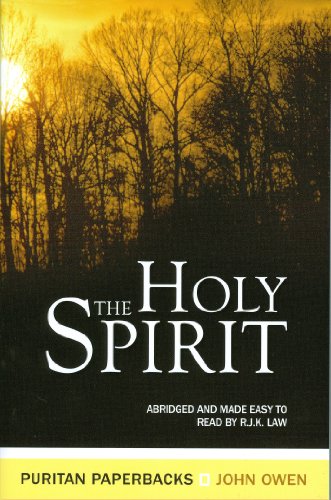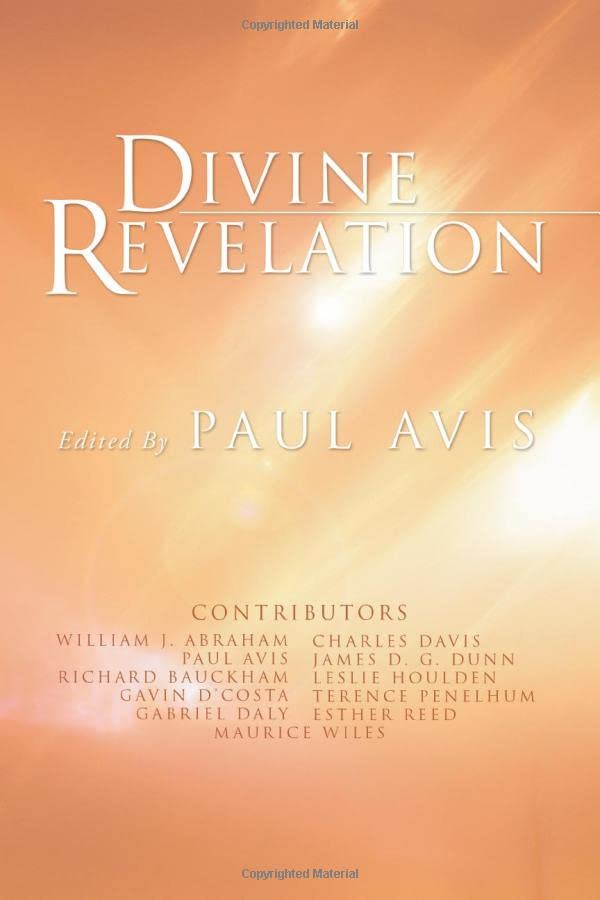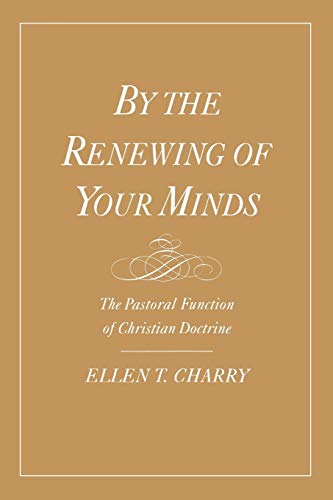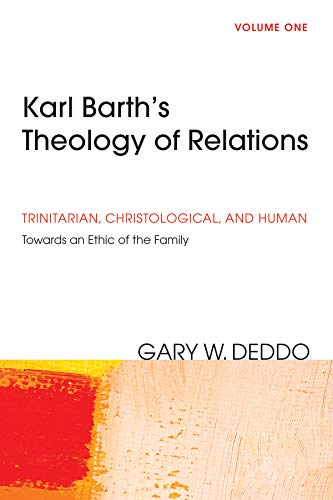1 and 2 Chronicles (A Mentor Commentary)
Written by R.L. Pratt, Jr Reviewed By Martin J. SelmanThe Mentor series of commentaries, of which this is the third volume to appear, is not yet widely known. This situation is not helped by the fact that the volumes contain no description of the series. However, on the evidence of this particular contribution, they offer a middleweight and straightforward approach to exegesis designed for the Christian reader. This commentary is based on the NIV and requires no previous knowledge of Hebrew.
The introduction briefly discusses the Chronicler’s purpose: ‘to give his readers a true historical record of Israel’s past’ (11). However, Pratt explicitly deals with theological issues rather than historical ones. No fewer than 28 major themes are summarised, though it is unclear how or why particular themes have been chosen, or what their relationship is to each other. The themes are classified into three groups: the People of God (themes 1–3), King and Temple (themes 4–9), and Divine Blessing and Judgement (themes 10–28).
The themes are discussed in the context of two distinct audiences. The first is that of original Israelite readers, who are assumed to have lived in the post-exilic period at some point between 515 and 390 BC. No further attempt is made to identify them or their circumstances, nor is there any awareness that the evidence requires a choice between a late sixth century date and the Ezra-Nehemiah period. The suggestion that the Chronicler wrote originally ‘to direct the restoration of the Kingdom during the early post-exilic period’ (13) indicates some preference for an earlier date, but the implications of this claim are not followed up. The author’s second audience comprises ‘contemporary Christian readers’. The term ‘contemporary’ might suggest a concern for the modern period, but what is really meant is the time of the New Testament. Each of the 28 themes is developed in terms of the work of Christ, the period of the church, and the final consummation of the kingdom of God. While such a Christian perspective is helpful, it is questionable whether one can deduce the contemporary significance of OT ideas solely by demonstrating how they are treated in the NT.
The commentary proper is characterised by a concern for literary structure and for theology. Each section of text is analysed in great detail as to its literary shape, though repeated reference to symmetrical patterns in the biblical text does not always inspire great confidence about the precision of this exercise. Detailed lists of differences between Chronicles and Samuel-Kings are also provided, with a view to highlighting the Chronicler’s distinctive theology. The theology itself centres on the United Monarchy of David and Solomon. These kings represent an ideal form of monarchy to which post-exilic Israel should have aspired, based upon the kings’ outstanding moral character, Israel’s unity under them, and the priority they gave to the temple and its worship.
This volume will be most useful to those who want a careful explanation of the Chronicler’s contribution to biblical theology written from an evangelical perspective. The concern for theological issues reflects a healthy concern in line with the interests of recent scholarship, though emphasis on Israel’s responsibilities and the achievements of their kings seems to minimise the Chronicler’s focus on the promissory nature of God’s covenants. More significant is the complete absence of any reference to any other work on Chronicles. There is no bibliography, index or footnotes. Whether this was done for economic or other reasons, it leaves the impression that this is an isolated piece of work. This would be unfair, since the author clearly incorporates some recent scholarly insights on Chronicles. On the other hand, those who wish to ask more searching questions or engage in debate about the text will need to supplement their reading in other ways.
Martin J. Selman
Spurgeon’s College, London







